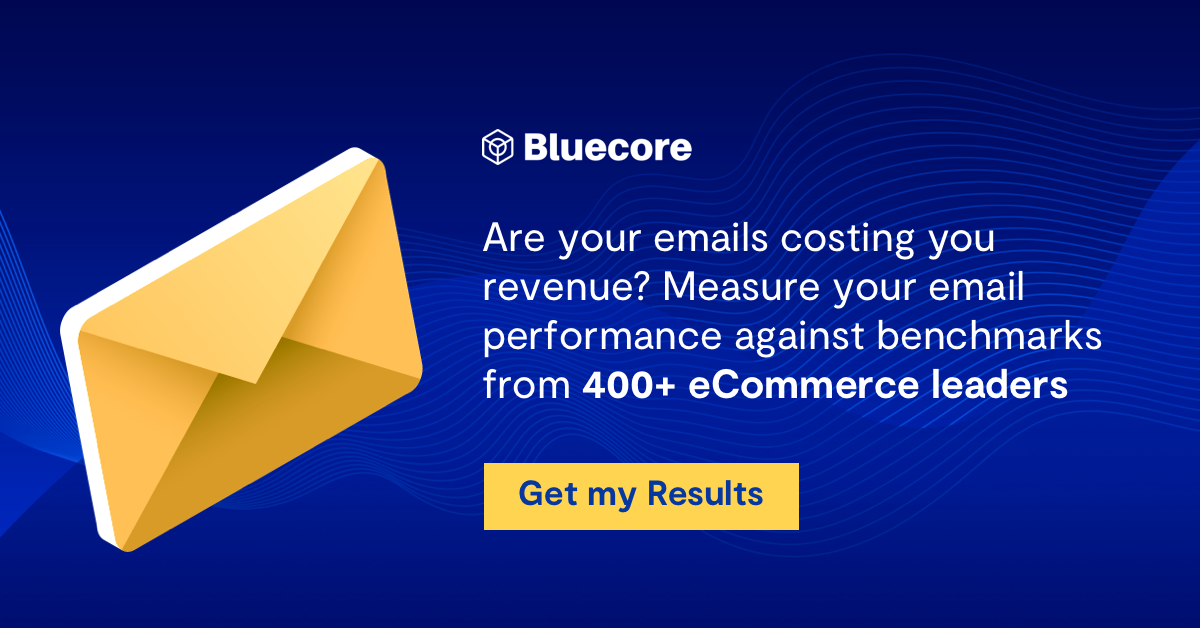
New Study: How Millennials Actually Want Brands to Engage With Them
As each new generation develops its own spending patterns, the relationship between consumers and brands evolves. However, as Millennials develop more purchasing power, they’ve become an increasingly important demographic for brands to engage and understand. This is due to two important factors:
First, the emergence of new technologies and social channels has Millennials connected 24/7. According to Neilsen, as expected, Millennials own more devices than previous generations. They are connected and available wherever they are and expect the same from friends, family and even brands. In addition to this, every few years a new social channel manifests, claiming to be the new way to connect with younger generations. Not wanting to risk getting left behind, brands rush to establish their presence on these channels, while also maintaining their continuous presence everywhere else.
Second, Millennials are less concerned about their digital privacy. In the past, consumers valued privacy more than they valued receiving communications tailored to their individual experience with a brand. However research by the American Press Institute found that only 20% of Millennials worry about digital privacy, 46% say they worry “only a little” and 34% said they “don’t worry at all.”
But even with these unique characteristics, does that really mean Millennial consumers are that different from other generations in how they want to be engaged by brands?
To find out, Bluecore commissioned a study with NAPCO Research on digital communication methods and channels between brands and consumers across four demographics: Baby Boomers (born between 1945 – 1965), Generation X (1965 – 1980), Millennials (1980 – 1995) and Generation Z (1995 – 2015). The online survey included 1,174 consumers who had made an online purchase within the past three months.
Here are a few key insights from the study:
1. Email is the preferred and most personal channel
When consumers were asked how they would prefer to receive brand communications, an overwhelming number chose email (68%). In fact, across all demographics, respondents preferred email more than all other channels combined.
How would you prefer to receive brand communications?

Although younger audiences do find channels such as Facebook, in-store and text to provide some greater personalization, email still overwhelmingly outperforms all other channels for both Millennials (64%) and Generation Z (60%). This shows that for all consumers, personalization is an incredibly important aspect of communication and email is the channel that delivers that experience best.
Of the channels from which you receive communications from brands, which feels most personal?

2. Millennials are most likely to use the Gmail promotions tab
Back in 2013, Gmail began separating email into tabs: Primary, Social, and Promotions. The rationale for the update was that separating emails into tabs would make it easier for users to process and organize their inboxes. With the change came predictions that users would dislike the tabs and switch back to the non-tabbed interface in droves. Instead, we find that 64% of Gmail users still use the promotions tab today, with Millennials (70%) and Generation Z (73%) being the most active users.
If you use Gmail, do you use the “promotions” tab to filter emails from brands?

3. Smartphone is the primary device for checking personal email
Not surprisingly, email is largely being read on mobile devices, and this is true for all demographics. More than half (53%) of all consumers say their smartphone is the primary device on which they check email, which increases when taking a look at today’s younger audiences: 67% of Generation Z and 59% of Millennials report using their smartphone for email. Consumers’ second option for reading emails is a laptop (24%) and third is a desktop (18%). Interestingly, tablets lag behind at only 6%.
What device do you primarily use to check your email?

What does this all mean for brands?
- Millennials – they aren’t so different after all. Smart, personalized digital marketing campaigns are applicable across many generations.
- More than two-thirds of consumers say they believe email is the most personal way that they interact with retailers – so make sure you keep it that way. Make sure the relationship continues to feel personal by sharing the right messages and offers at the right time. And please, don’t spam.
- Help mobile viewers use those emails in-store. It’s not just about the online experience – email is a great forum to leverage and invite cross-channel engagement. Promote in-store tech uses, barcode scanning and deals. Push users to apps that help them select products or navigate the stores.
- Embrace the “promotions” tab as the new status quo for inbox engagement. Create an overall email strategy that has this tab top of mind. When are consumers most likely to check this tab and what subject lines will help your brand stand out in the crowd?






